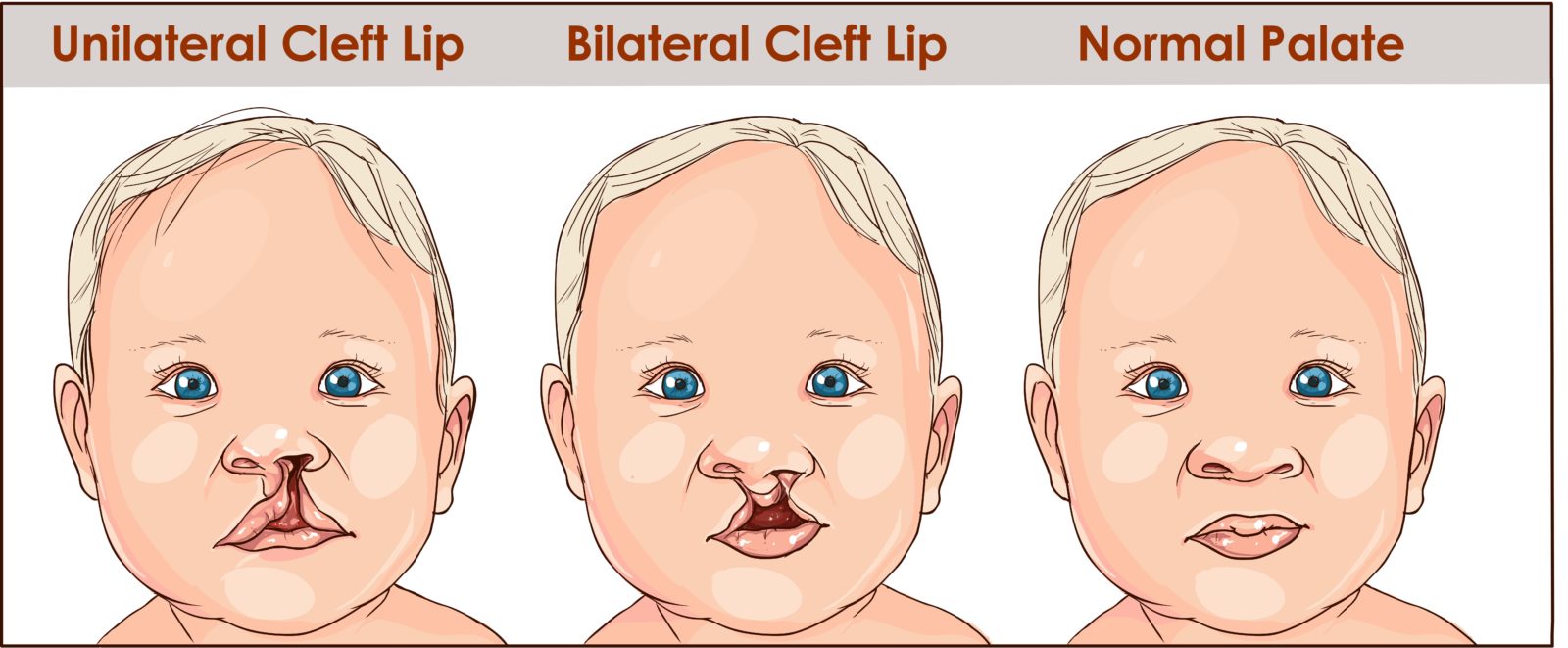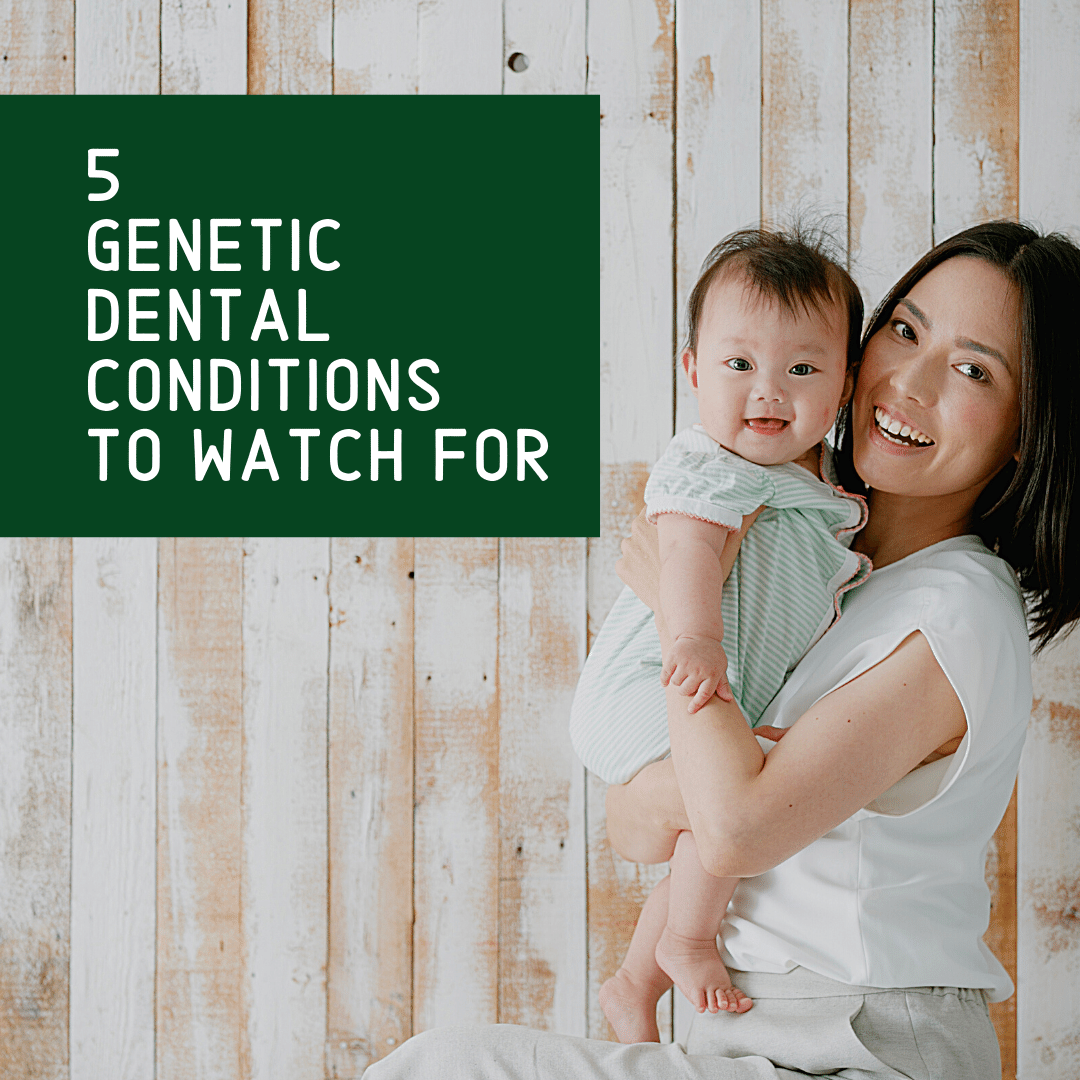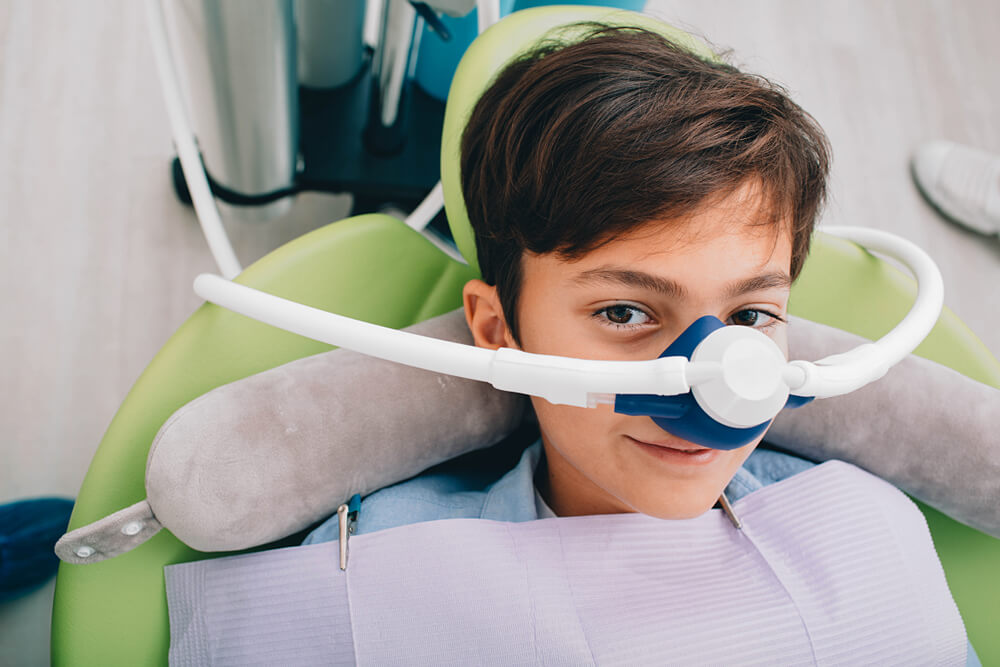Our genes are responsible for determining a variety of physical and functional characteristics. Most people associate genes with things like eye color, hair color, and certain hereditary medical conditions. However, did you know that dental conditions can also be hereditary? Yes, certain dental conditions have been found to have a genetic component, which means that your child could be at a higher risk for developing them. Even if they develop the best oral hygiene habits, certain dental conditions may still occur simply as a result of their genes. As a parent, it is important to know what types of genetic dental conditions to watch for. Here are a few of the most common:
Gum Disease
It is estimated that about 30% of the population has a genetic predisposition to developing gum disease. In its mild form, gum disease can cause red, tender, or swollen gums that can bleed easily while brushing or flossing. As gum disease advances, it can eventually cause the teeth to become loose and the jawbone to deteriorate. If you or other immediate family members are affected by gum disease, then it could mean your child is at an increased risk. To help prevent them from developing gum disease, good oral hygiene is key. You should also mention this to your child’s dentist.
Tooth Decay
Research has found that individuals who have the gene beta-defensin 1 (DEFB1) are more likely to develop cavities in their permanent teeth. While it is impossible to know for sure if you or your child have this gene without undergoing genetic testing, your child’s dentist may be able to assess whether they are at an increased risk of developing cavities. In these cases, a pediatric dentist may recommend preventive measures such as regular fluoride treatments and/or dental sealants. Your child may also need to have more frequent dental cleanings to control the amount of plaque and bacteria in their mouth.
Crooked Teeth

The size and shape of your child’s jaw is directly influenced by genetics. This means that if you or the other parent had or has crooked teeth, it is very likely that your child will also develop crooked teeth. Additionally, genetics also determines if your child will develop malocclusion such as overbites, underbites, or crossbites. Children that are genetically predisposed to crooked teeth and/or a misaligned bite can benefit from early orthodontic treatment. Early orthodontic treatment helps to control the growth of the jaw to encourage the development of a proper bite. While this may not solve the problem entirely, it can decrease the amount of orthodontic treatment needed down the line.
Oral Cancer
Genetics also plays a small role in the development of oral cancer, although it is extremely rare for a child to have oral cancer. This condition is usually diagnosed in adults and is primarily attributed to lifestyle choices like tobacco and alcohol use. Nevertheless, if your family has a history of oral cancer, this is something you should discuss with your child when they get older so they are aware they may be at an increased risk.
Cleft Lip or Cleft Palate

A cleft lip or palate occurs when the sides of the lip and roof of the mouth don’t fuse together properly. It has been found that cleft lip and palate can be caused by genetics. Research has found that Latino, Asian, and Native American children are more likely to have a cleft lip or palate. The risk is increased when the parents have also had a cleft lip or palate. A cleft lip or palate is present at birth and is treated in a variety of ways depending on the structures affected.






